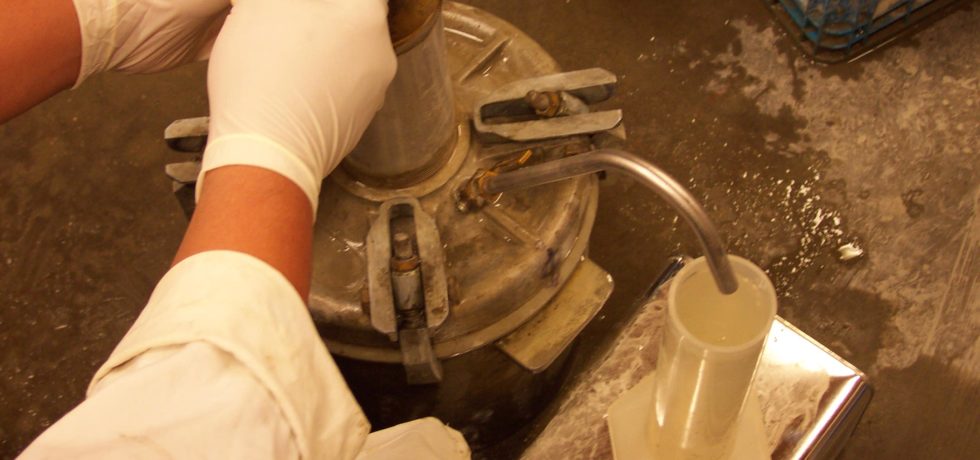We’ve talked about entrapped air and its negative effects on a concrete mixture. Now let’s turn our attention to air that is purposefully incorporated into a durable concrete mixture; entrained air.
Entrained air is microscopic bubbles intentionally incorporated in concrete during mixing. These pockets of air are developed by adding a surface-active admixture to the concrete or cement, such as natural wood resin, soaps, vegetable fats and oils, and wetting agents such as alkali salts of sulphonated or sulphated organic compounds.
Entrained air usually incorporates between four and seven per cent of volume in the concrete, but may vary dependent on environmental issues and in what capacity it is being used.
The benefits of air entrainment in concrete are:
- Improved resistance to freeze-thaw cycles
- Improves the workability of concrete and watertightness
- Reduces segregation, bleeding, permeability and formation of laitance
- Improved deicer-scaling resistance
- Increased resistance to sulphate attack
However, as is the case much of the time, with the positives there are some limitations associated with air-entrainment if it is not used properly:
- For every 1% increase in air, the compressive strength of concrete will be reduced by 2-6%.
- Is liable to shrinkage when concrete sets
- A reduction in modulus of elasticity and abrasion resistance

When used in the proper manner, air entrained concrete can increase the durability of the concrete, which will lead to increased sustainability of your structure. For more detailed information on air entrained concrete, check out the American Concrete Institute’s ACI 201.2R-08, Guide to Durable Concrete and ACI 212.3R-10, Report on Chemical Admixtures.




